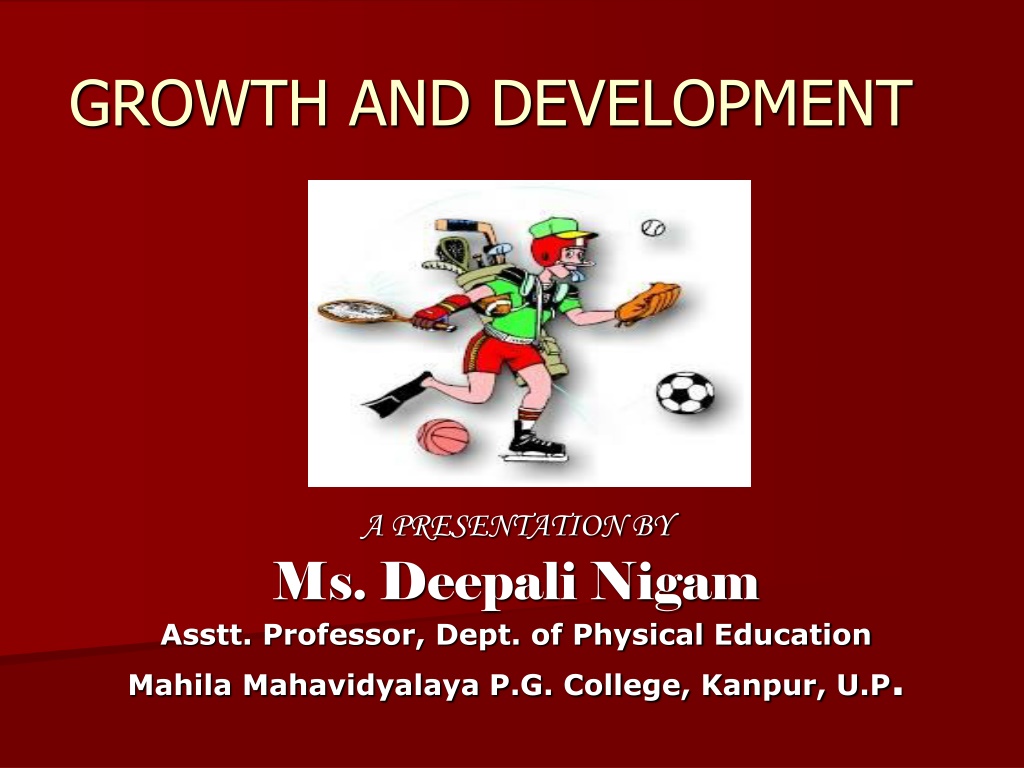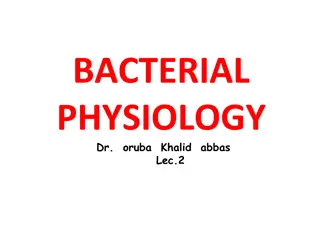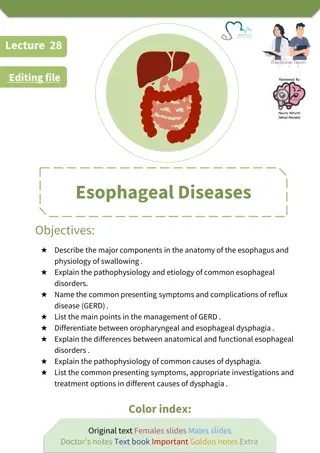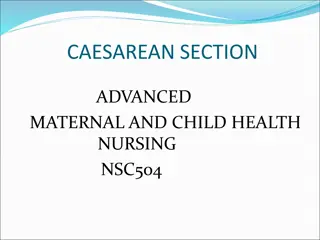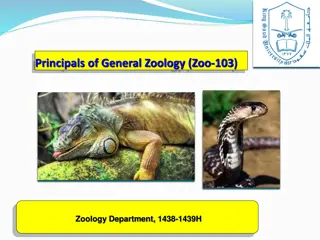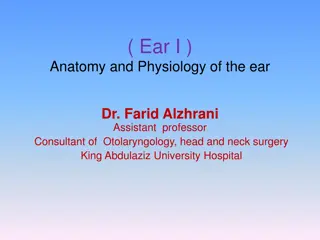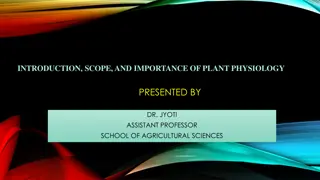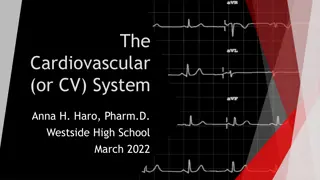Understanding Growth and Development in Human Anatomy and Physiology
Growth and development are essential biological processes that involve quantitative and qualitative changes in an individual over time. Growth refers to physical size and shape increase, while development encompasses mental, emotional, and social maturity. Factors like heredity, environment, and behavior influence these processes, along with genetic, environmental, and nutritional factors. Variations in growth and development can be seen between sexes, with girls and boys experiencing different rates of growth and reaching maturity at distinct stages. Understanding these principles is vital in fields like physical education and health sciences.
Download Presentation

Please find below an Image/Link to download the presentation.
The content on the website is provided AS IS for your information and personal use only. It may not be sold, licensed, or shared on other websites without obtaining consent from the author. Download presentation by click this link. If you encounter any issues during the download, it is possible that the publisher has removed the file from their server.
E N D
Presentation Transcript
GROWTH AND DEVELOPMENT A PRESENTATION BY Ms. Deepali Nigam Asstt. Professor, Dept. of Physical Education Mahila Mahavidyalaya P.G. College, Kanpur, U.P.
What is Growth Growth is a biological process. It is a quantitative increase in size and shape in which the different body organs changes at a different rate. Example: Enlargement of the cell, muscles, bones and elongation of the Skelton and structures.
What is Development Development refers to mental, intellectual, emotional and social aspects , acquisition of skill and knowledge indicate development process. It is a progressive series of qualitative changes towards greater maturity.
Principles of Growth and Development Heredity Environment Behaviour at different stages Creative process
Differences between Growth and Development Growth Development Visible Invisible Growth continue upto certain age of an individual Development continues from the birth till death Affected by Heredity Affected by environment It can be measured directly It can not be measured directly
Factors affecting Growth and Development Genetic Factor Environmental Factor Nutritional Factor Specific program of Physical Education
Age and Sex Differences Female Male Girls grow faster up to the age of early 14 Boys grow faster after the age of 14-16 Smaller in size and attained maturity in early age. Boys are generally taller in size and maturity comes in late stage. Broader and shallow pelvic which causes difficulty in running. Narrow pelvic and performed better in running events. Girls has large body and shorter limb. Centre of gravity. Boys has shorter trunk and long legs. Centre of Gravity is high. Weaker shoulder Broader and strong shoulder Increases up to the age of 18-20. Less muscular strength. Growth until the age of 22-23 years More muscular power. Smaller heart and faster pulse rate. Large heart and slow pulse rate. Slower reaction time Better reaction time Emotionally week Emotionally strong
Kinds of Age Chronological age Anatomical age Physiological age Mental age
Chronological age The age of a person recorded in years, months and days. It begins from the day when a child born and his calculated till one dies.
Anatomical age It refers to growth and development of the Skelton system through x-rays and ossification of the bones
Physiological age The age may be determined to some extent by the growth of hair in the armpit in boys and on set of menstruation in case of girls.
Mental age Mental age is related to the mental development of the child i.e. mental maturation.
